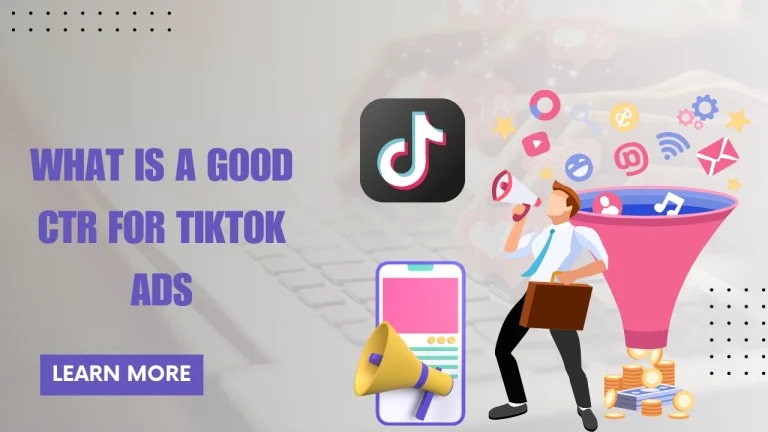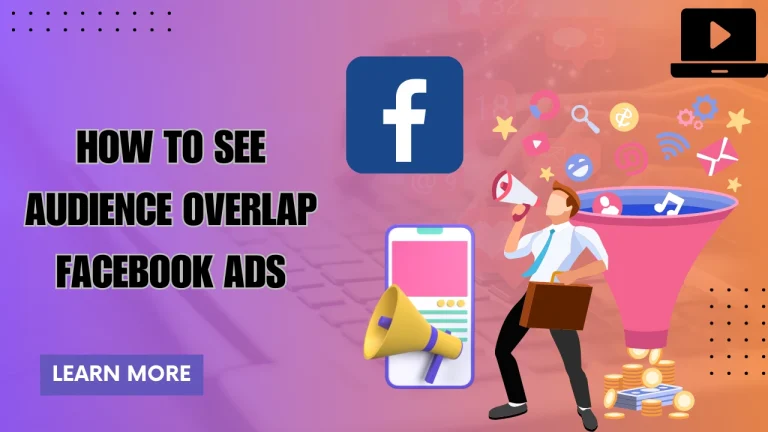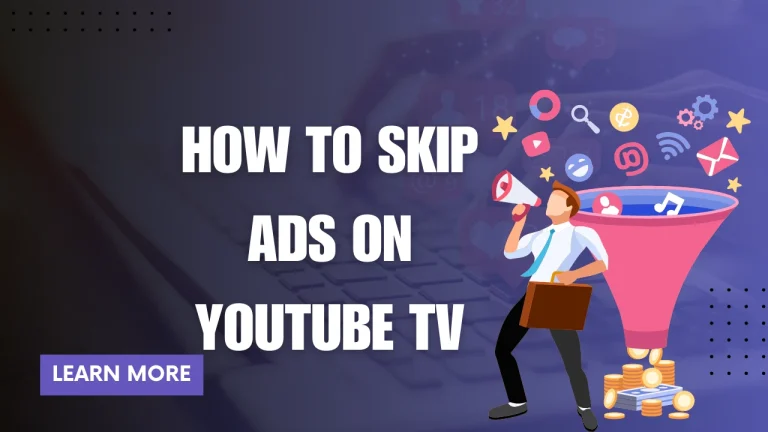What Is An Interstitial Ad
Are you familiar with those full-screen ads that appear while you’re using an app or browsing a website. What Is An Interstitial Ad? They interrupt your experience, demanding your attention before allowing you to continue. Well, my friend, those are called interstitial ads.
In the world of digital advertising, interstitial ads have become increasingly popular due to their ability to capture users’ attention and deliver powerful messages. These ads are designed to make a bold statement by taking up the entire screen, immersing you in their content. Whether it’s promoting a new product or encouraging you to sign up for a newsletter, interstitial ads aim to engage and persuade.
But how do they work? Interstitial ads typically appear at natural transition points within an app or website, such as between levels in a game or when switching pages on a site. This strategic placement ensures maximum visibility and impact while still respecting the user experience.
So next time you encounter an interstitial ad during your online adventures, remember that there’s more than meets the eye – these ads have been strategically crafted to captivate your attention and leave a lasting impression.
Key Takeaways
- Interstitial ads are full-screen ads that appear while using an app or browsing a website.
- They capture users’ attention and deliver powerful messages.
- They interrupt the user experience but still respect it.
- They can be highly targeted based on user demographics and behavior.
Definition and Purpose of Interstitial Ads
So, you’re probably wondering what an interstitial ad is and why it even exists. Well, let me enlighten you.
An interstitial ad is a type of online advertisement that appears between two content pages, typically as a full-screen takeover or pop-up. Its purpose is to capture the user’s attention and deliver a message in a visually engaging way. Interstitial ads are highly effective because they interrupt the user’s browsing experience, making them more likely to notice and engage with the ad.
In terms of design trends, interstitial ads have evolved over time to be more interactive and immersive, incorporating videos, animations, and gamification elements. These design enhancements further enhance their effectiveness in grabbing attention and driving conversions.
Now that you understand what an interstitial ad is and its effectiveness, let’s move on to exploring the different types of interstitial ads available.
Types of Interstitial Ads
First, let’s talk about the different types of interstitial ads. There are various formats available for interstitial ads, including full-screen ads that appear between content transitions, countdown ads that display a timer before revealing the content, and interactive ads that allow users to engage with the ad before continuing with their intended action.
These formats offer several benefits for advertisers. Interstitial ads capture users’ attention due to their large size and immersive nature. They also provide ample space for creative messaging and visuals, allowing brands to effectively communicate their message. Additionally, interstitial ads can be highly targeted based on user demographics and behavior, ensuring that the right audience sees the ad at the right time.
Now let’s dive into how interstitial ads work…
How Interstitial Ads Work
Now let’s take a closer look at the inner workings of these captivating and highly effective advertisements. Interstitial ads are strategically placed in between content, making them hard to miss. Here’s how they work:
- Interstitial ad targeting: These ads can be targeted based on factors like demographics, user behavior, and interests. This ensures that the right audience sees the ads, maximizing their effectiveness.
- Interstitial ad effectiveness: Due to their full-screen format and immersive nature, interstitial ads have higher click-through rates compared to other ad formats. They grab users’ attention and provide an engaging experience, increasing the chances of conversion.
- Time-based triggers: Interstitial ads can appear after a specific time or action within an app or website. This timing helps ensure that users are more likely to engage with the ad when they aren’t in the middle of another task.
- Seamless integration: Despite being interruptive, interstitial ads are designed to seamlessly blend with the overall user experience. They maintain consistent branding while providing value through relevant and visually appealing content.
With a better understanding of how interstitial ads work, let’s explore their impact on user engagement in the next section.
Impact on User Engagement
Get ready to discover how these captivating ads can significantly boost your engagement levels. Interstitial ads have a powerful impact on user engagement, despite some challenges they may pose to the user experience. While these full-screen ads interrupt the user’s flow, they are highly effective in capturing attention and driving action. Research has shown that interstitial ads have higher click-through rates compared to other ad formats, making them a valuable tool for marketers. However, it is essential to strike a balance between effectively engaging users and ensuring a positive browsing experience. In the next section, we will explore best practices for using interstitial ads that maximize their effectiveness while minimizing any negative impact on user engagement.
| User Experience Challenges | Effectiveness of Interstitial Ads |
|---|---|
| Interruption of flow | Higher click-through rates |
| Potential annoyance | Increased attention |
| Disruption of navigation | Enhanced brand recall |
Transitioning into the subsequent section about ‘best practices for using interstitial ads,’ let’s explore ways to optimize their impact without compromising the user experience.
Best Practices for Using Interstitial Ads
To make the most of these captivating full-screen ads, here are some expert tips on optimizing their impact while ensuring a positive browsing experience for you.
- Ad placement: Consider the timing and context of your interstitial ads. Placing them strategically within natural breaks in content can prevent disruption and annoyance to users.
- Optimizing conversions: Use compelling visuals and concise messaging to entice users to take action. Clear call-to-action buttons or links can improve click-through rates and drive conversions.
- Minimize frequency: Bombarding users with too many interstitial ads can lead to frustration. Limiting their appearance to key moments will help maintain user engagement without overwhelming them.
- Test and analyze: Continuously monitor ad performance metrics such as click-through rates, conversion rates, and user feedback. This data will guide you in refining your strategies for maximum effectiveness.
By implementing these best practices, you can leverage interstitial ads effectively, creating a win-win situation where advertisers achieve their goals while providing a seamless browsing experience for users.
Frequently Asked Questions
Conclusion
So now you know what an interstitial ad is and how it works. These ads can be a powerful tool to engage users and capture their attention.
By using interstitial ads effectively, you can maximize your advertising impact and drive more conversions. Remember to follow best practices, such as keeping the ads relevant and non-disruptive to the user experience.
With these tips in mind, interstitial ads can be a valuable addition to your marketing strategy. Start incorporating them into your campaigns today!






